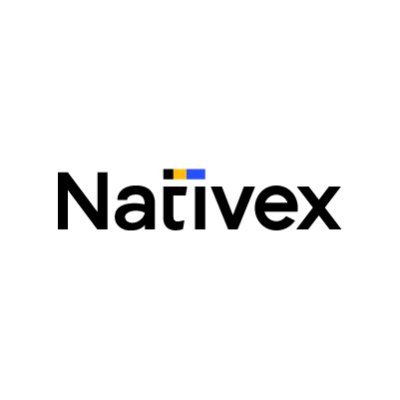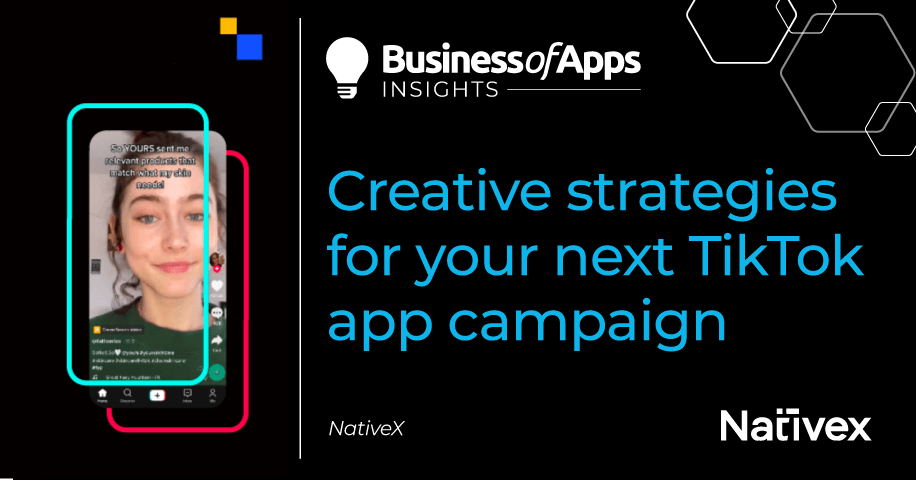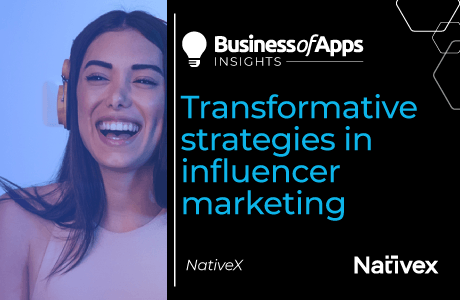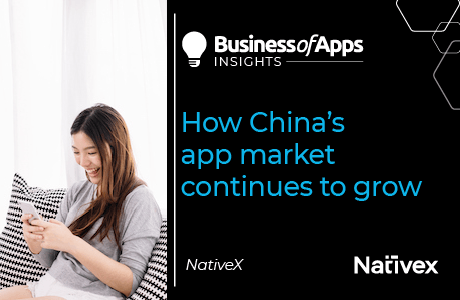TikTok presents an exciting new opportunity for developers to reach diverse global audiences. Gaming, fintech, entertainment, and travel apps all stand to benefit from TikTok’s high engagement rates, virality, and user loyalty. Once the domain for brand marketers, TikTok has become a major player in user acquisition for mobile apps. App marketers that diversify their ad creatives from traditional social media or video formats can see massive improvements in the return on ad spend and engage with a fresh, install-friendly audience. With that said, creative strategies differ greatly on the platform, and having deep knowledge of the ad products and user preferences will give advertisers better returns.
Short-form video has innovated ad strategy, and it’s clear that what engages and converts on Facebook will usually not have the same effect on TikTok. This is due to the native content and user preferences being more geared towards discovery. So how can apps take advantage of this audience and apply TikTok’s ad products more strategically?
Go big with a custom hashtag
TikTok’s adoption and utilization of hashtags were what originally attracted large brand advertisers to the platform. Hashtag challenges provided a way for marketers to reach massive audiences with what seemingly looks like organic content. Brand advertisers were very successful with this and have breathed fresh air into brands that didn’t previously register with the younger audience.
Since then, branded hashtag challenges have become more widespread and used by app marketers to the same effect. Gaming app categories such as RPG really stand to benefit from hashtag challenge campaigns, especially those that have recognizable characters or other IP.
Branded hashtag challenges work hand in hand with custom stickers and are very effective when a developer localizes a game to a specific market. Custom stickers in the form of 2D, 3D, AR, etc. will provide even more ability for local users to identify and engage with a challenge, given that advertisers can associate an aspect of the game with a cultural element.
Encouraging user-generated content
In addition to purchasing branded hashtag campaigns, advertisers need to seriously consider employing local creators to effectively tie hashtag challenges to a specific market. Local creators can have a lot of influence, especially for apps with little exposure to the region. App localization is difficult enough, so don’t let your creative strategy suffer.
Playable ads
Playable ads are interactive full-screen ads allowing users to quickly experience your app’s unique selling points. They’ve been popular within games for a while and have been a boon for hypercasual titles due to their simplicity and ability to boost growth cost-effectively. TikTok has taken notice and now provides this engaging format to a select group of countries.
While playable ads are an extremely compelling user acquisition tool, they do require some expertise to convert effectively. It’s important to remember the TikTok platform is built for immediate consumption marketing, meaning playables should have virtually no learning curve. To accomplish this, consider focusing on one just one element of the app that users will find both entertaining and persuasive to download. Test different interactive app elements and identify those that convert.
Once you identify these elements, it’s extremely important to optimize and iterate. TikTok provides a template and iteration tool that should help speed up your iterations. It’s important to note that, like any platform, ad fatigue can be a real problem to your conversion metrics if not properly considered. Try to implement new ideas weekly and focus on engagement and eye-catching end cards above all else.
Customize creatives to drive in-app events
As targeting becomes more granular and app campaign budgets tighten, it is important to look to creatives as a way to help optimize your strategy. While you might be getting a good install per impression rate, it is important to look at conversion strategies that keep users engaged in-app. This is where creatives can help towards optimizing in-app events. Gaming apps, for instance, can utilize creatives to portray events that may be beyond Day 0 or Day 1 users, such as level achievement or rewards. Consider crafting creatives that give users a sense of urgency to download and a purpose to continue playing. For other app categories, such as entertainment or utilities, look to drive purpose to subscription. With shopping apps, optimize creatives with an add-to-cart in mind or show the ease of use where there might otherwise be pain points such as shipping, reviews or customer service.
Fire Up Your Growth!
Moburst propelled leading brands like Google, Reddit, and Uber to the next level. Let’s ignite your Success journey today!
Claim Your FREE Growth Fuel!A regional approach to short-form video
As with any advertising channel, marketers looking for ad reach and engagement need to know who their target audience really is. Advertisers looking for fresh markets can find success if they keep localization in mind. Even some of the largest app developers can be disheartened by the local knowledge needed and expertise to localize creatives. Hence, it often pays to have either a consultant or agency-managed campaign for overseas markets.
With all this said, some TikTok competitors can offer impressive engagement rates and even reach. Kwai, for instance, is a short-form video app from the Chinese-owned Kuaishou that has recently made a significant push into the Brazilian market. Like TikTok, Kwai’s user interface is based on full-screen organic video with similar ad formats and creative strategies. Kwai has upwards of 45 million users in Brazil alone and is more popular in rural areas.
Build an authentic community
App marketers that are yet to embrace short-form video are likely leaving installs on the table. TikTok tends to extend your app’s lifecycle and provides an opportunity to build a community and engage with app users even after the download or in-app event has been achieved. Build a strategy that combines the power of creators and compliments it with ad formats like in-feed video or branded hashtag challenges. Above all else, your audience needs to sense authenticity and an urgency to jump onboard. As a relatively new platform, TikTok will continue to be updated, so it is important that both your creative and optimization teams keep up with both the product and user trends.











